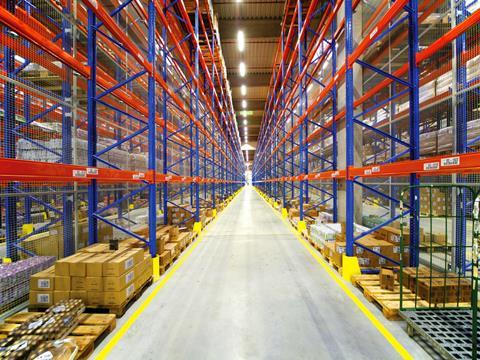
Today’s supply chain environment is changing. Supply chains are increasingly going digital. Through EDI and traceability initiatives, organizations are creating digital communities of partners executing coordinated processes. This means that supply chains need to become better connected than ever before.
New technologies are being implemented to deliver real-time system integration, secure data exchange, visibility and traceability between disparate systems across multiple supply chains and industry verticals.
Collaboration is becoming a predictor of supply chain efficiency. This could mean automating processes such as procurement, orders, invoicing and payment. Collaboration across supply chain entities is essential for businesses to work smarter, and be more operationally effective and cost-efficient.
Supply chains are becoming more customer-centric, in parallel with consumers becoming more empowered.
What role for labeling?
Labeling has a critical key role to play in these and other supply chain trends. Labeling can address the demands of key business drivers that impact the supply chain, and is a foundation for improving overall business performance and success.
Simply put, without labeling, supply chains will grind to a halt. The movement of virtually every parcel, pallet or product involves some kind of label. Manufacturing, warehousing, transportation and retail are linked by barcode and RFID labels. The data contained in these labels provides identification and tracking of raw materials, parts, components and finished goods wherever they travel in the supply chain. Labeling enables regulatory compliance, customer responsiveness, business continuity, enterprise collaboration and supply chain efficiency. It’s vital that labeling strategies evolve alongside supply chain strategies.
The value of integrating labeling throughout the enterprise
Completely integrating labeling with existing systems and workflows provides value in a number of areas:
1. Single source of truthIntegrating labeling data enables single source of truth data management and closed loop workflows.
2. Centralized labelingBy centralizing labeling management, companies can improve consistency across the whole supply chain.
3. Regulatory complianceCompanies whose labeling is fully integrated with other business systems can easily comply with changing regulations and customer requirements — they can design, update and deploy new labels in minutes, and change existing label layouts quickly and without expensive IT resources.
4. Global consistencyIntegrated labeling processes enable companies to maintain complete control over global label printing.
a) IntegrationSeamless integration with ERP systems like Oracle, SAP and IBM WebSphere enables automation at the enterprise level, providing proper support for mission critical processes, increasing labeling accuracy and improving efficiencies throughout the supply chain.
b) Data management and trackingBarTender enables single source of truth data management, between nodes of the supply chain and within the organization. Its support for cross-functional data exchange and interoperability provides the ability to deploy tracking deeply into every phase of the production cycle: R&D, procurement, inbound logistics, manufacturing, outbound distribution, marketing & sales, and after-sales service.
c) Audit trail captureThe BarTender Enterprise Automation and Automation editions include complete audit trail capture, allowing you to respond quickly during a recall or site inspection with pinpoint track and trace accuracy. No matter where in the world you do business or which regulations you must meet, BarTender enables traceability compliance.
d) Browser-based printingBarTender Print Portal is a web-based application that provides an interface for selecting and printing BarTender documents. Users simply browse to a web page hosted by a server that has BarTender installed. Its intuitive interface lets users quickly locate the document they need to print and send it to the printer with a simple “click” operation.











